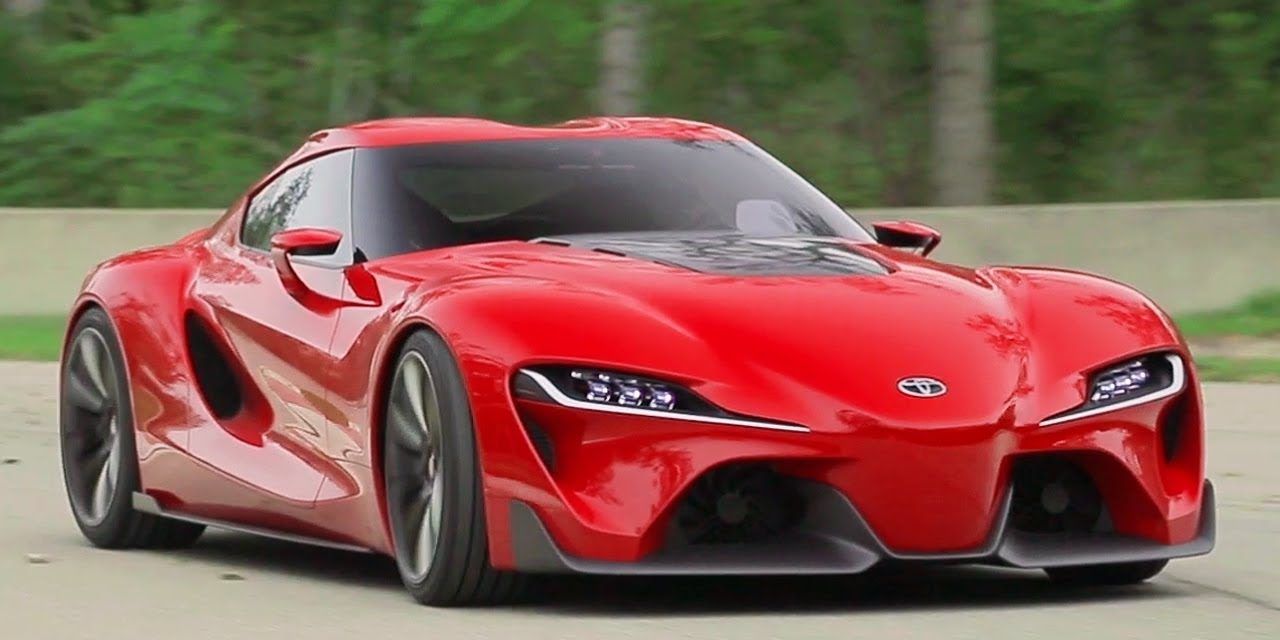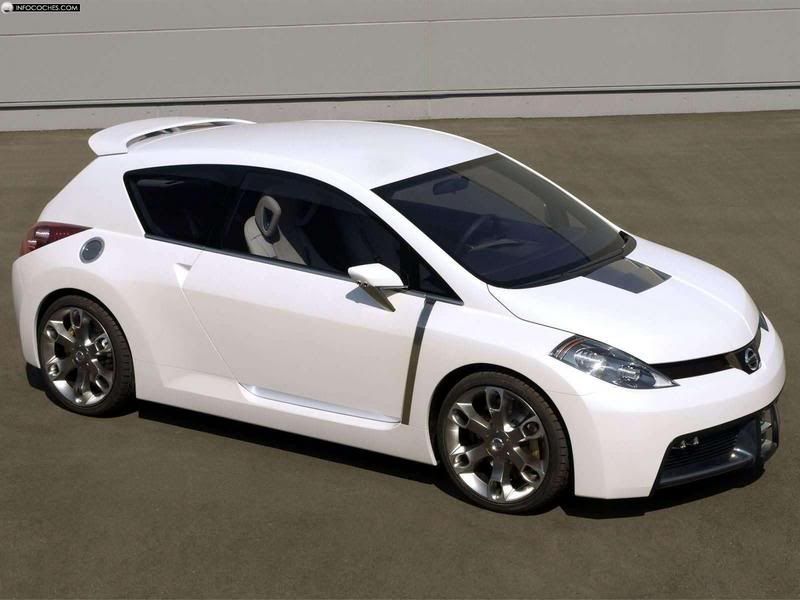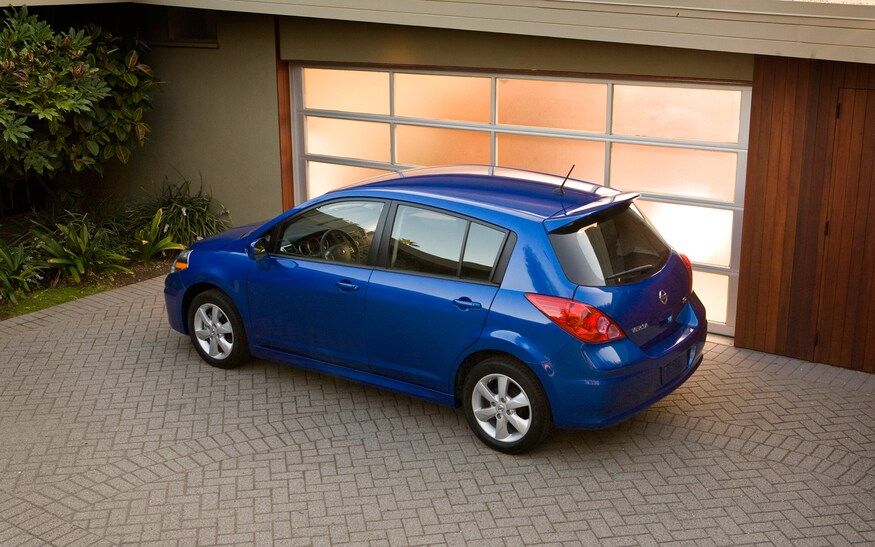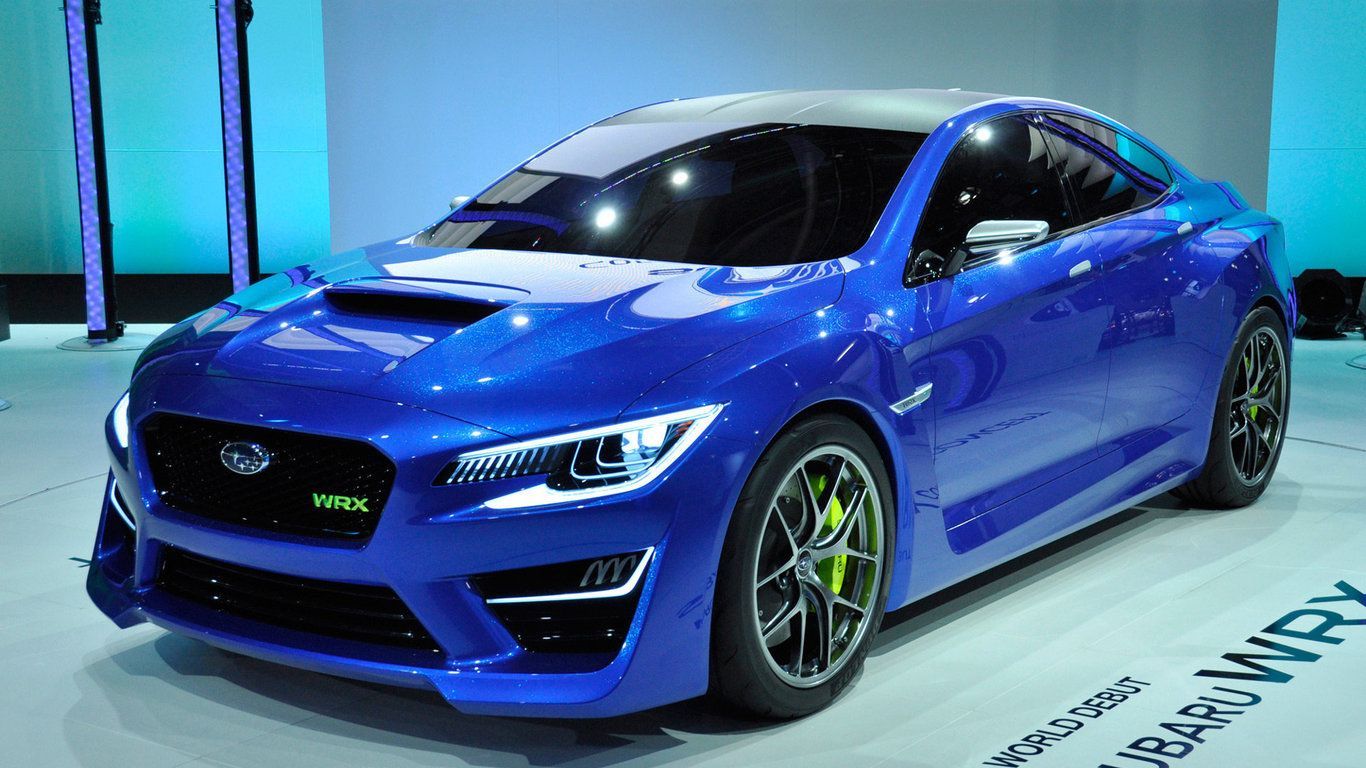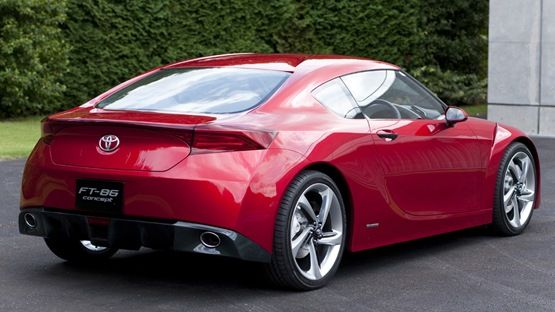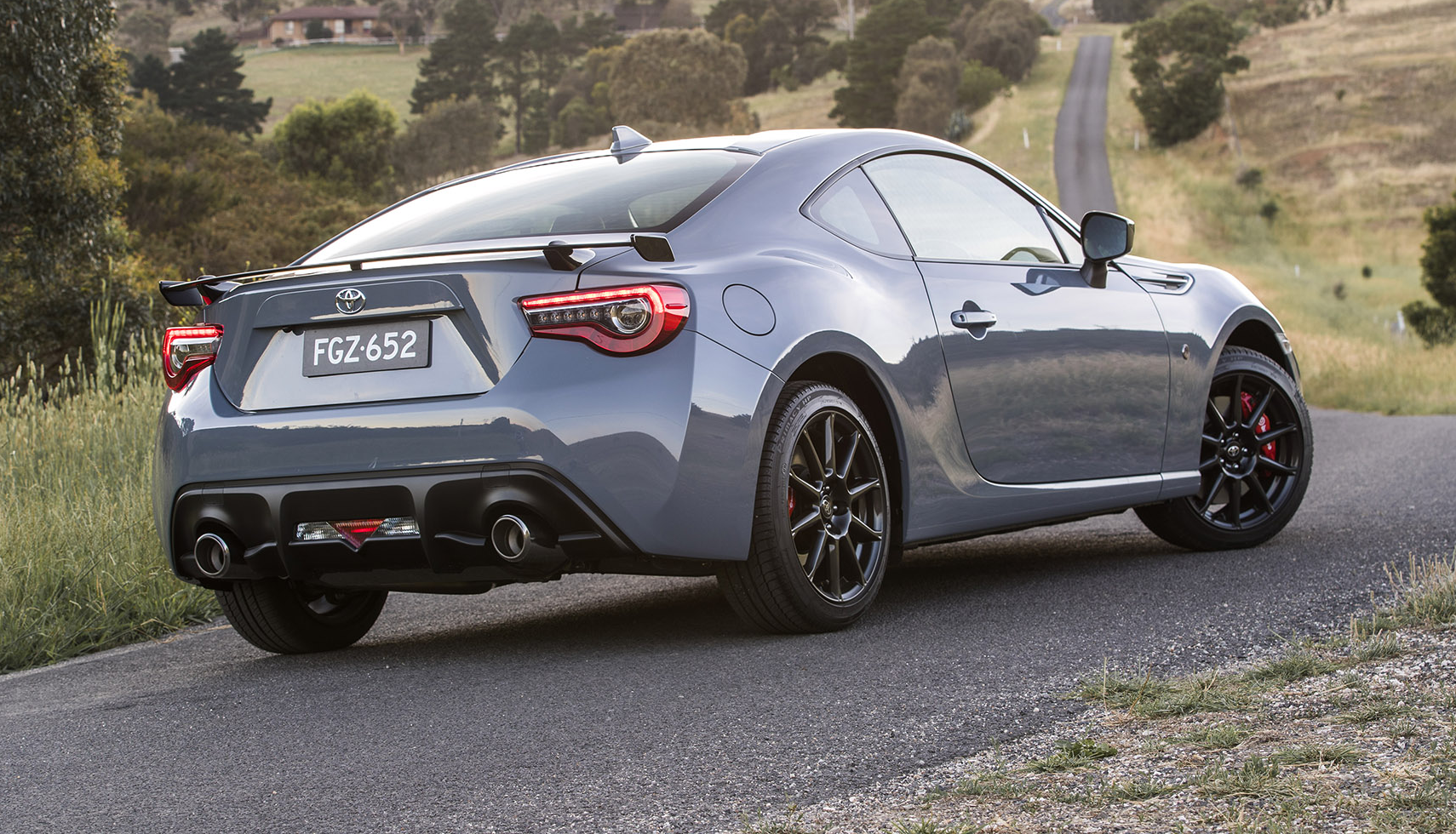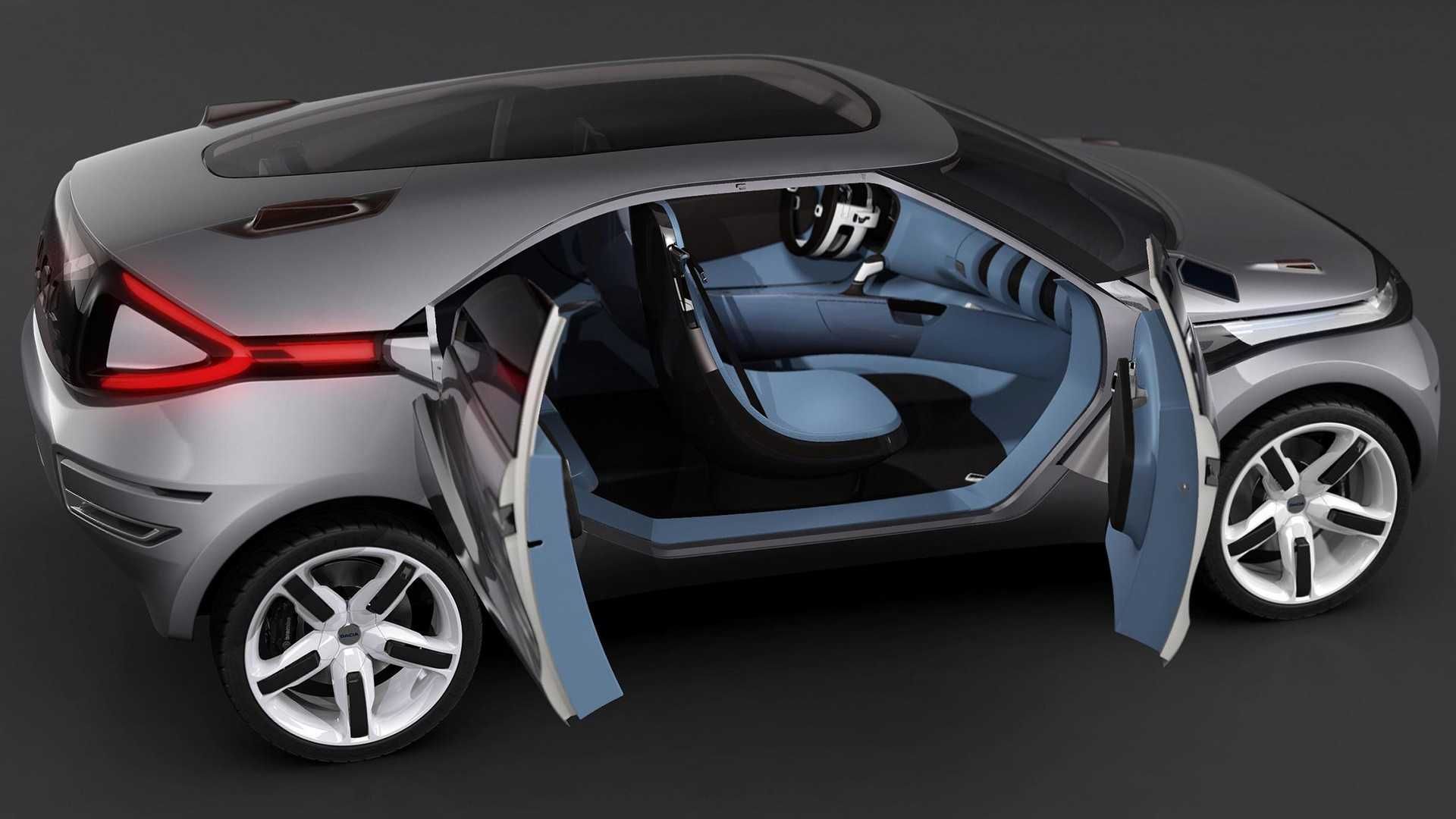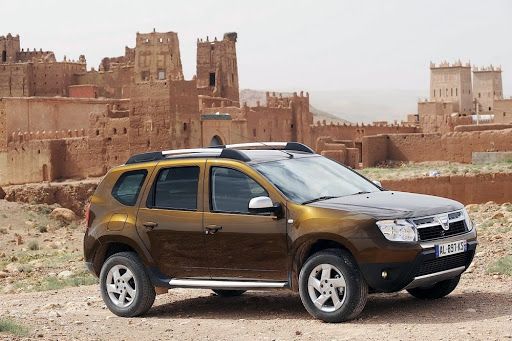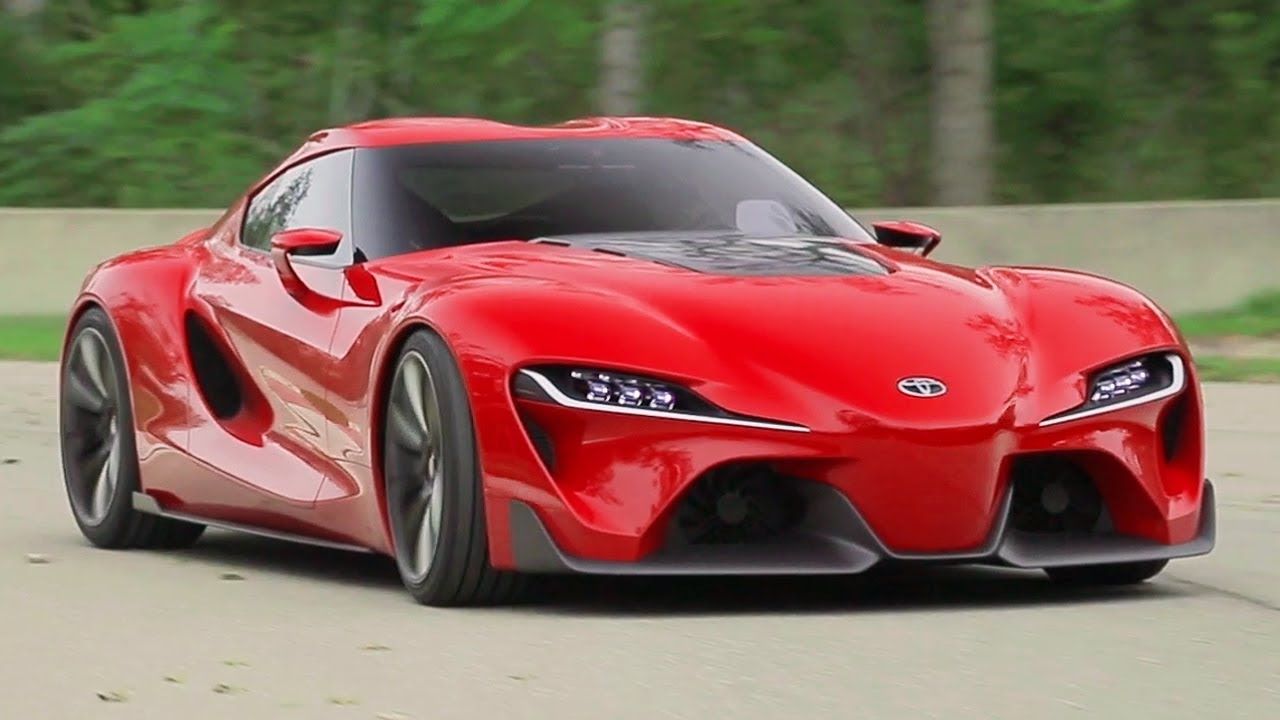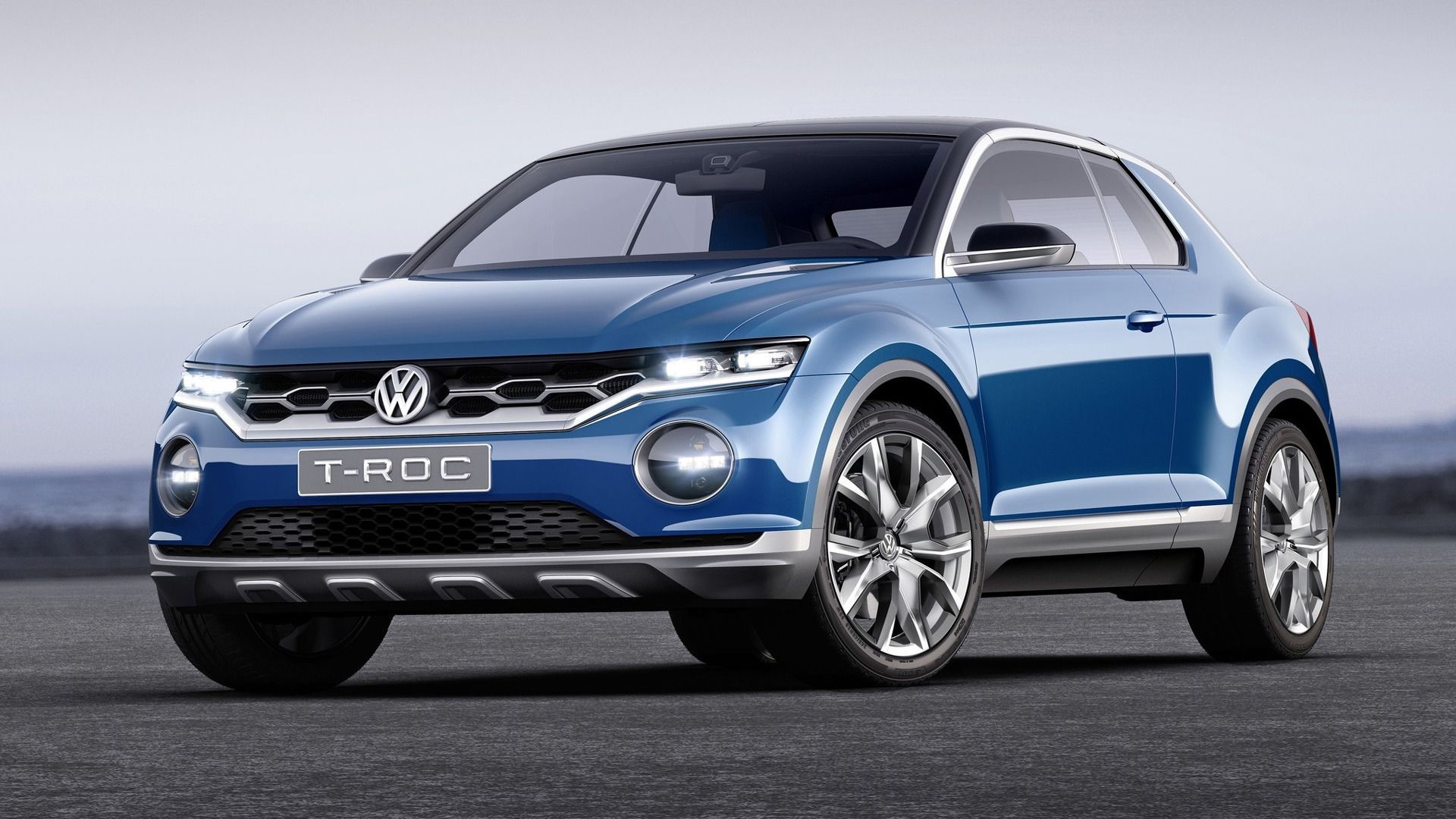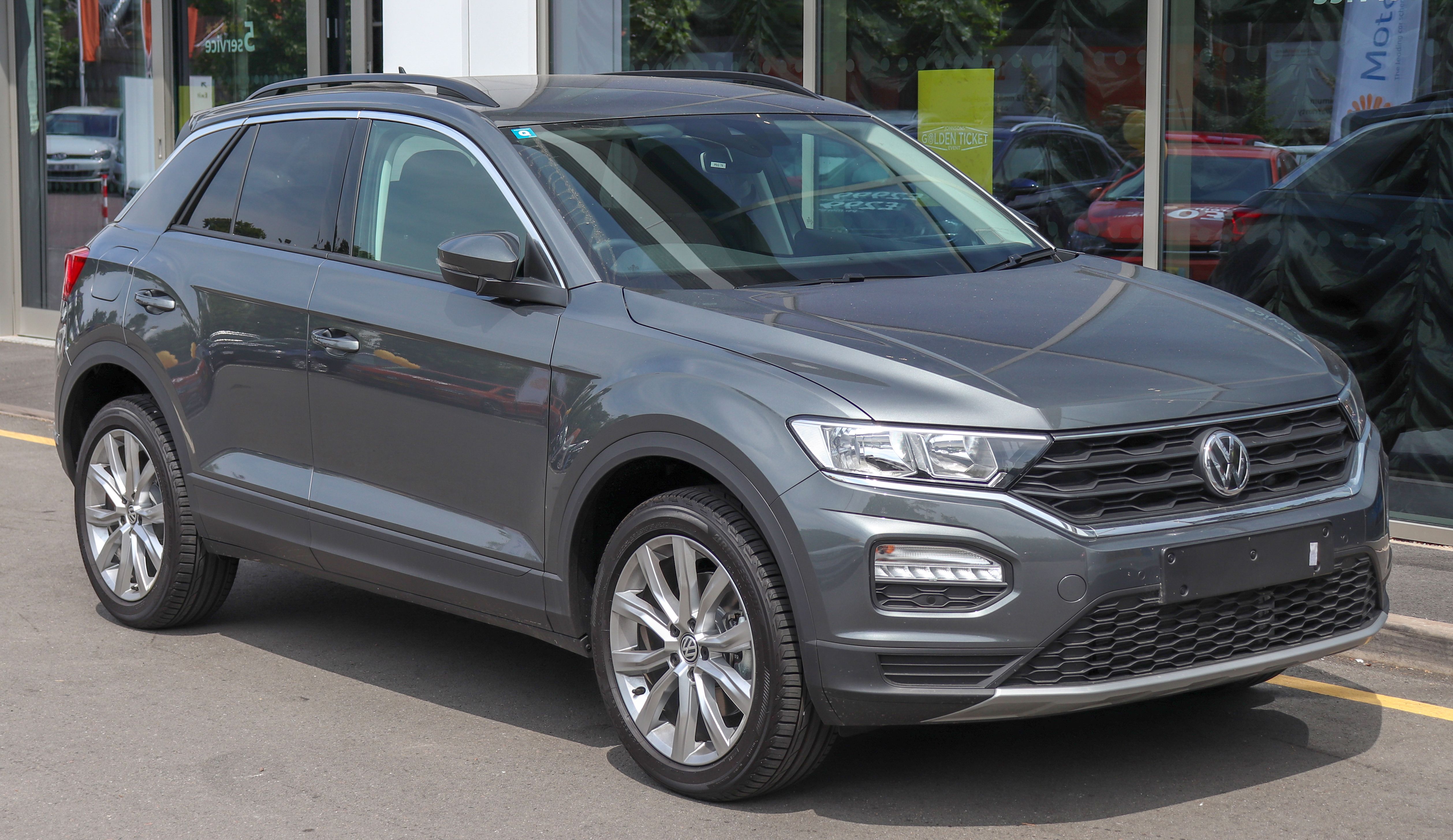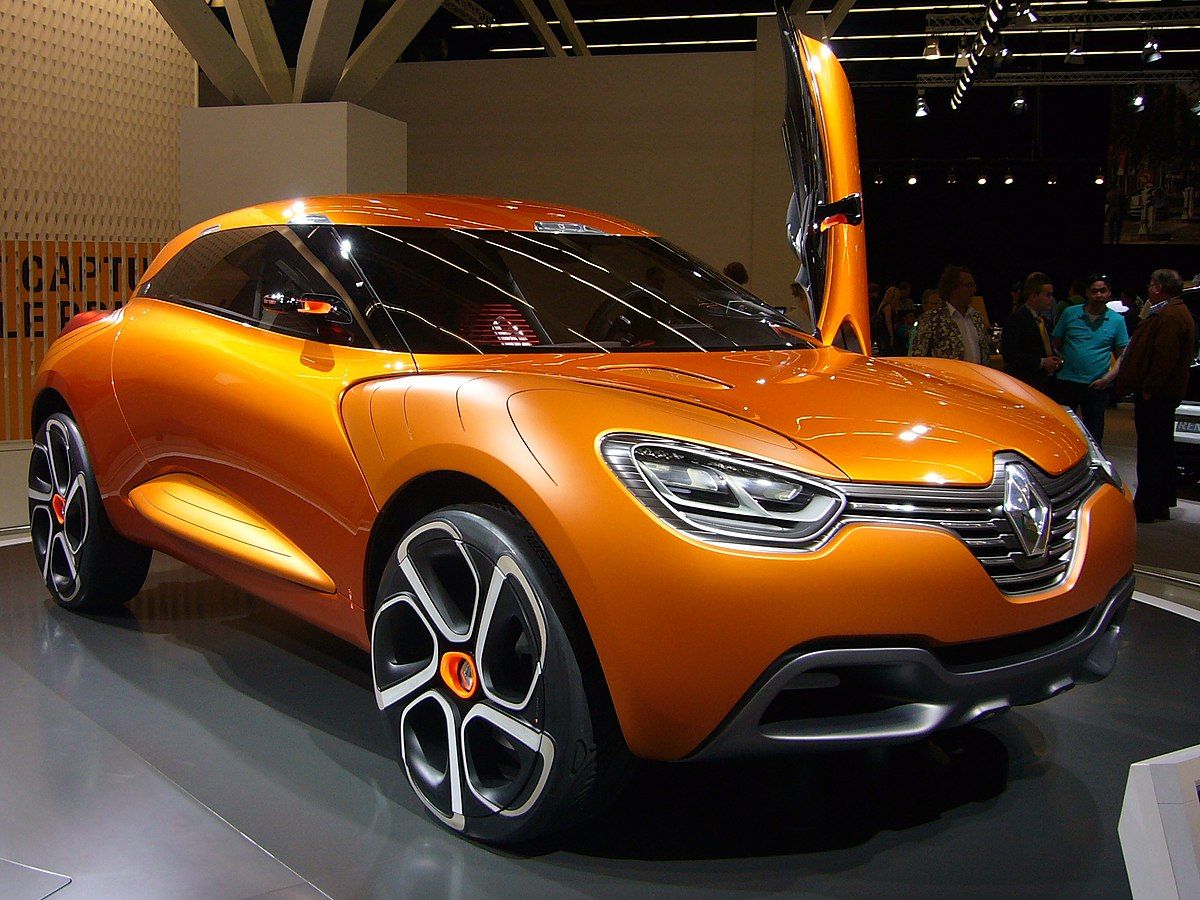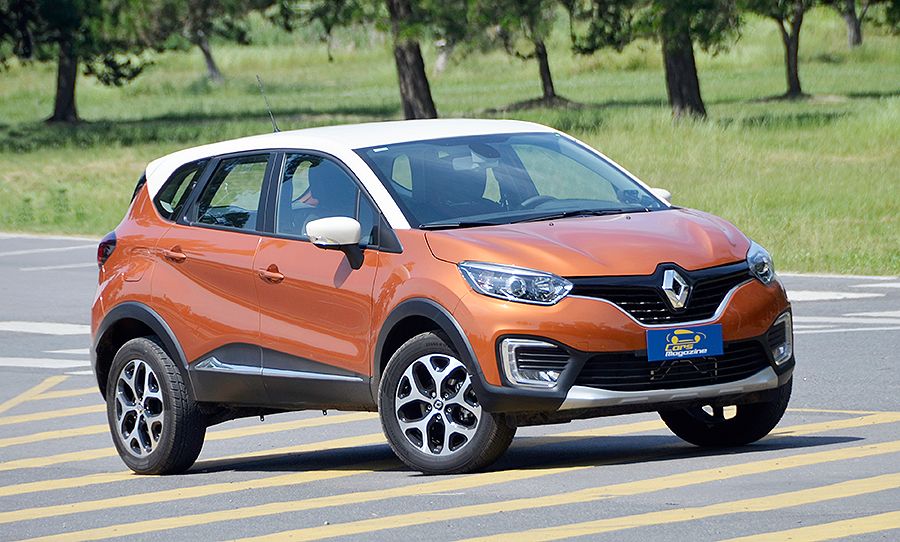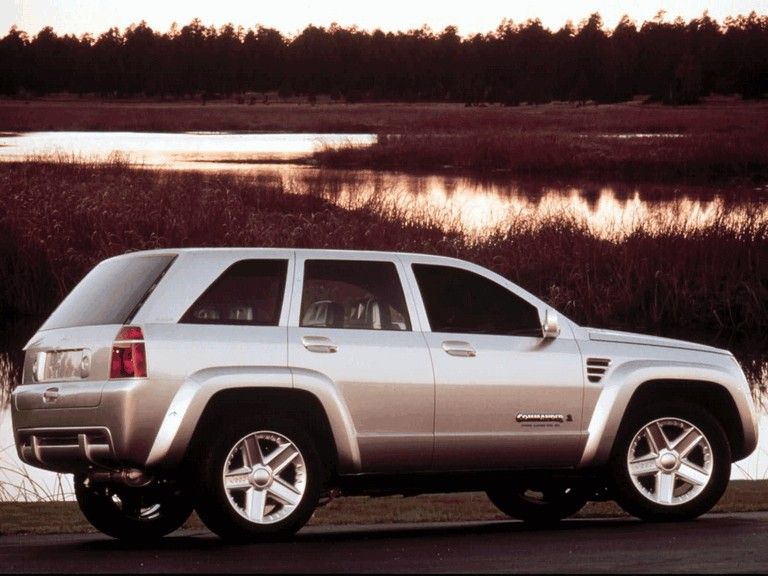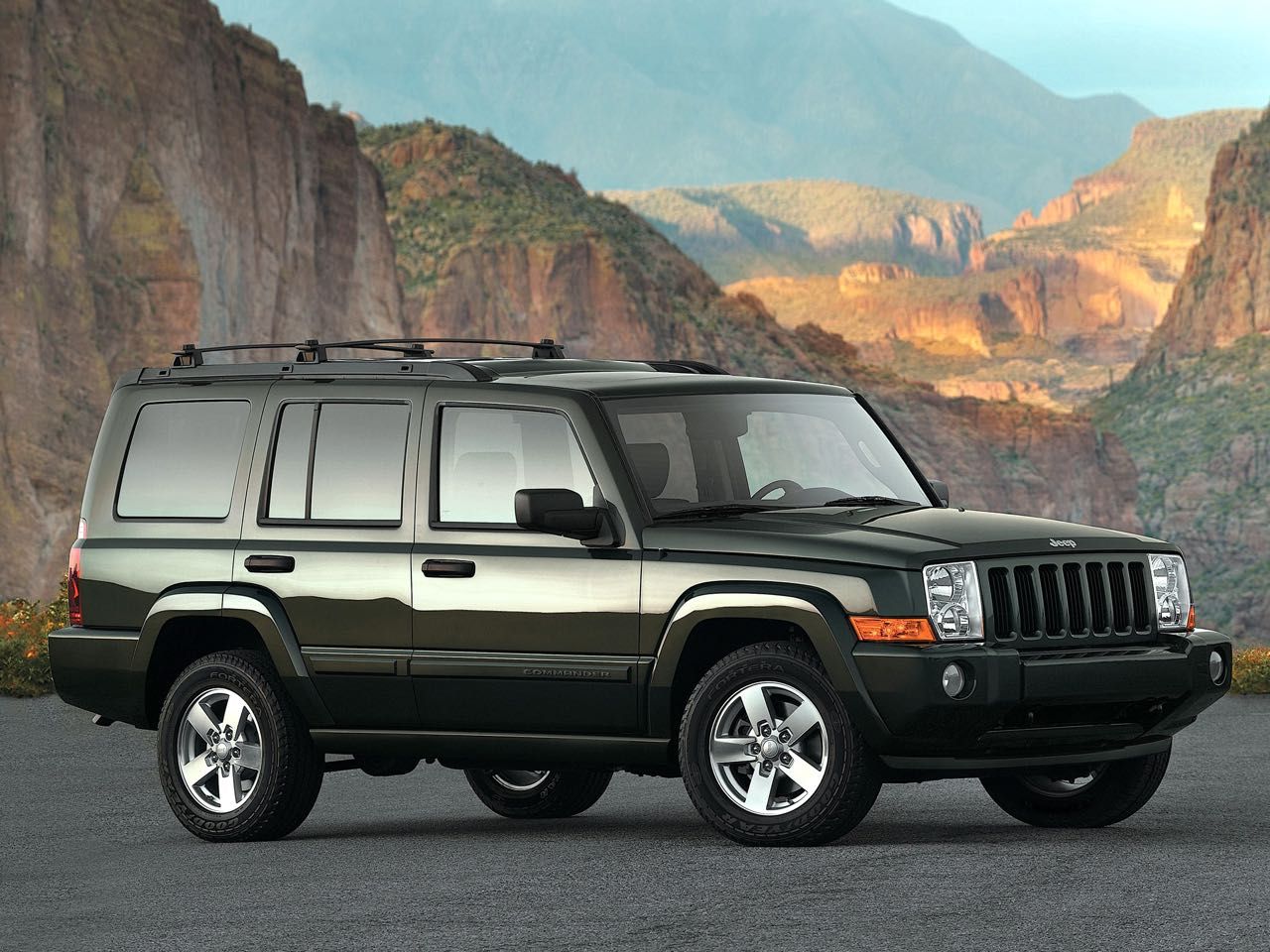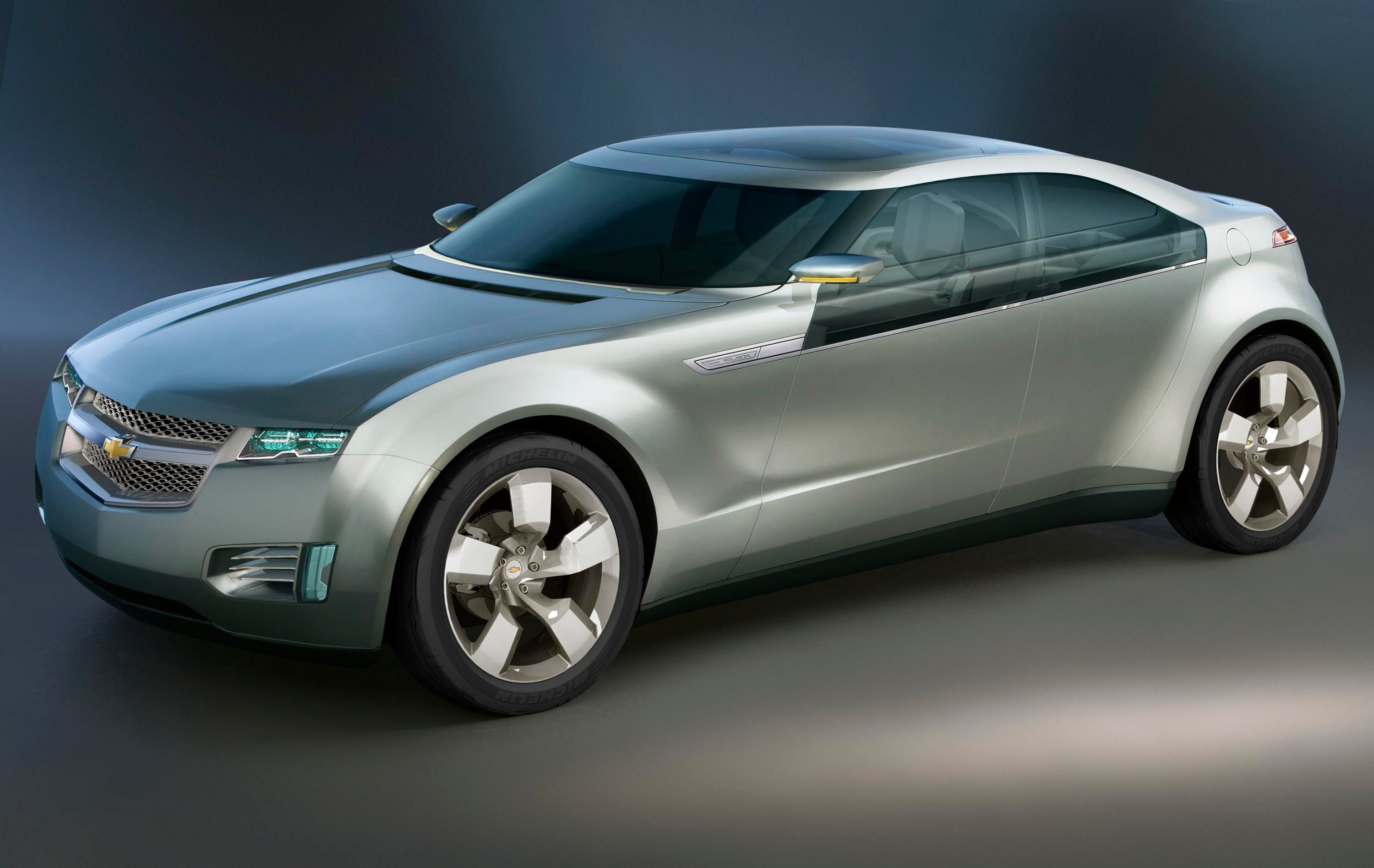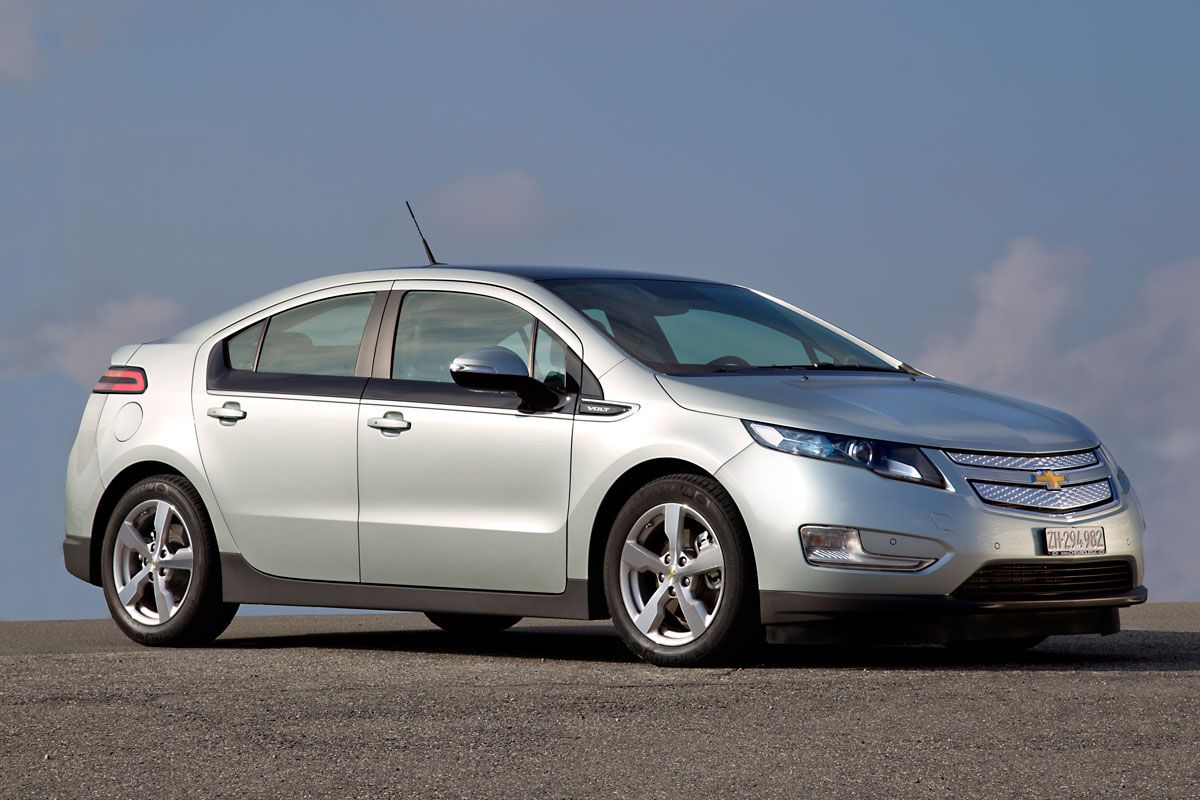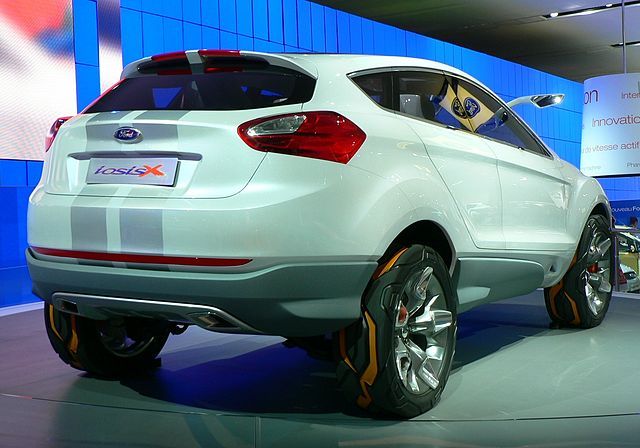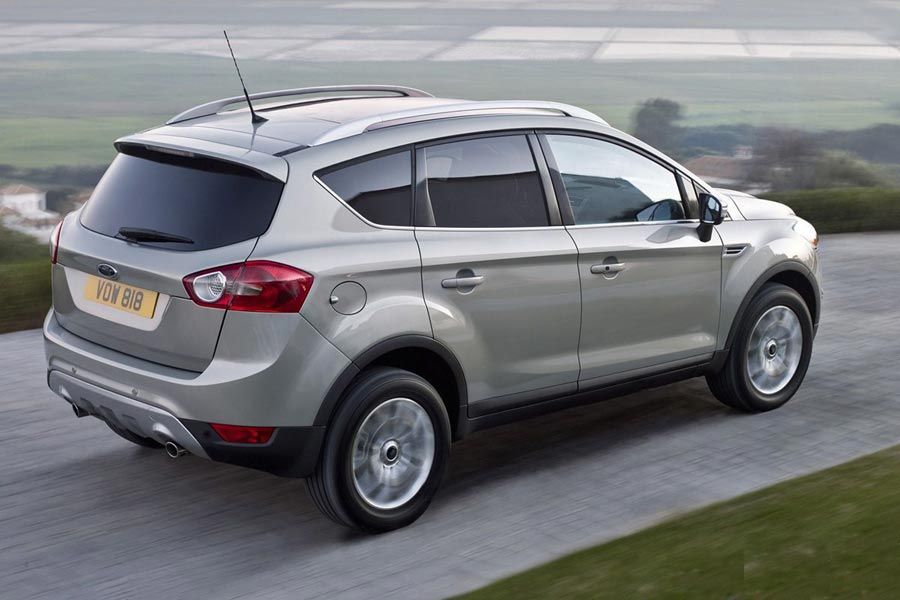The design process is not the same for every car designer, but most of the steps in this process are common for almost everyone. It all starts with the idea and the sketch, followed by models where materials and functionality are tested, before finally getting to the concept itself.
When talking about cars, concept versions are made for almost every new car. Different brands give different uses to their concepts: some use them as a preview of what a new car might look like, some use them to unveil a new design language that will be applied to the whole lineup; but mainly, concept cars are a way for manufacturers to express their creativity and new technological advancement in a safe and entertaining way.
On the other hand, some concept cars are so cool that they raise enthusiasts' expectations for the vehicle, and more often than not, result in heavy disappointment when those vehicles don't live up to their concepts. Here are 10 of the most extreme examples of disappointing concept cars that some enthusiasts still regret to this day.
10 Nissan Versa Hatchback
In the 2005 New York Auto Show, Nissan presented the "Nissan Sport Concept." It looked like a really cool three-door hot-hatchback. It was presented with really cool features such as four-points Nismo seatbelts, 20-inch wheels, and leather seats. It was styled like a car from Need For Speed Underground, but tuned with great taste. Of course, no one really expected the actual production car to be like that, but no one could have guessed that it would be so different.
The very next year, in 2006, Nissan unveiled to the public the Nissan Versa. An economy hatchback with a 1.6-liter producing just 110 horsepower, great for getting good mileage, but with zero sporty ambition. Naturally, Nissan fans felt deceived.
9 Subaru WRX
The latest generation of the WRX is no doubt a really cool car. It could have been way cooler tho, or at least that's my impression when I compare the concept car to the actual production car. The concept was shown in New York in 2013, and it wasn't a fully functional car. Actually, it was more of a full-scale model that Subaru presented to introduce the new design language to the public.
Except for some minor changes, the front of both cars is very similar, but from that point on, mani differences started to appear. The rest of the body was more shaped like a four-door coupe rather than the sedan that ended up being. On the rear, the tailings in the concept look simple and futuristic, it has no wing, and all of the badges and details are painted in fluorescent yellow, an option that was never available for the production vehicle.
8 Toyota 86
After the Toyota MR2 and the Celica were discontinued, Toyota was lacking an interesting and sporty car in its lineup, so they came up with the idea of bringing back the legendary 86, or the "Hachi-Roku," for the fans of the Initial D, and RWD sports cars in general.
In 2009, they showed the world the FT-86 concept, engineered and built in collaboration with Subaru. The powertrain would be exactly like the AE86: FR with a manual transmission.
Finally, in 2012 the production model started to come out of the factories, and although the car looked good, it wasn't quite as sleek as the concept. It was much less sleek and less modern looking. Some parts of the car did look better, (like the exhausts and diffuser), but overall, it was kind of a disappointment.
7 Dacia Duster
In the 2009 Geneva Auto Show, the Rumanian brand Dacia presented a concept for a new SUV. The concept had a ton of new and interesting features that got the automotive world paying attention to Dacia and Renault. For example, it was a three-door SUV: one door on the driver's side, and two doors on the passenger's side, very much like the Hyundai Veloster. The interior was simple and modern, with a lot of interior space and storage compartments. On the outside, the SUV looked futuristic and super sleek, with a very remarkable 0,30 cx and exquisite five-spoke wheels.
The next year, in 2010, the Dacia Duster was released to the market, and except for the badge and the name, it was nothing like the concept. Instead of a modern and cool SUV, the Duster was more of a cheap utilitarian vehicle with an exterior that already looked old when it came out, and an interior that seems to have been designed in half an hour. It was offered with 4WD versions, but still, the offroad capabilities are very poor. Probably one of the biggest disappointments of this list.
6 Toyota Supra
Back in the '90s, the Toyota Supra MK IV became a legend. That's why when in 2014, 12 years after production of the MK IV ended, Toyota unveiled a concept car for a new Supra, the car world went crazy. At the time, the new concept car was called the FT-1 (FT standing for Future Toyota), and although Toyota never stated if that was going to be the basis for the new Supra, it ended up being the case. The only available data about the FT-1 was that it used an FR layout and it was a 2+2 seat configuration.
Finally, in 2019 after a long (really long) wait, the fifth-generation Supra was in production. Taking aside all the criticism the new Supra took because of the fact that it was based on the BMW Z4 and that it shared its mechanics, some people (like myself) were pretty disappointed by the looks of the new car, especially when compared with the FT-1. The Supra is 296mm shorter, 165mm narrower, and 70mm taller than the FT-1, which doesn't look like a lot, but it truly changes the spirit and the way the car is perceived by the eyes.
5 Volkswagen T-Roc
In 2014, VW decided that the current SUV lineup (the Tiguan and Touareg) wasn't enough for the always increasing popularity of these vehicles. So, they came up with a new concept design that was far different from any other SUV. The new T-Roc was presented as a 2-door Targa SUV, powered by a 2-liter turbodiesel engine with 190 horsepower, 4WD, and a 7-speed DSG automatic transmission. The new concept looked like a perfect mix of a city car, a practical SUV, a capable off-roader, and a cute roadster.
RELATED: 10 Sports Cars You Forgot Were Offered With Targa Tops
In 2017, the production of the T-Roc began, and it looked nothing like the concept. The flamboyance of a 2-door Targa SUV was lost, and instead, all we got was a mini Tiguan. This time, VW did keep one of their promises, and in 2020 unveiled a cabriolet version of the T-Roc, but it didn't look nearly as good as the concept car did, resembling more to the awful-looking Nissan Murano cabriolet.
4 Renault Captur
Probably the biggest disappointment on this list is this European SUV, the Renault Captur. The only similarity between the concept and the actual production car is the name. I am not saying the Captur is a terrible car, is actually very practical and capable, and compared to its competition, like the Peugeot 3008, the Honda HR-V, or the Ford EcoSport, the Captur has the best price-quality ratio.
The concept car had an incredibly futuristic design, with amazing features like 22-inch wheels, a translucid dashboard, LED lighting, butterfly doors, and a heads-up display. The production vehicle did not inherit any of those. The powertrain was also kind of a disappointment, as the concept was powered by a twin-turbo diesel engine with 160 horsepower, while the most powerful engine on the production version is a naturally aspirated 2 liter with 145 horses.
3 Jeep Commander
In 1999 Jeep presented the Commander concept, an SUV that would sit just over the Grand Cherokee on the lineup. Apart from the futuristic styling, it had two unique features: it was the first jeep to seat seven people, in spite of only being 2 inches bigger than the Grand Cherokee. The second feature was the powertrain: it was an experimental electric battery fed by methanol. Basically, the chemical energy present in the methanol was transformed into electric power to move the vehicle.
A couple of years later, in 2006, the Commander made it to production as a mid-size SUV that offered 3-row seating in a 2-row space. The exterior was much more angular and squared compared to the concept. The powertrains available were not any news: a 3 liter V6 and two V8 options. It was discontinued in 2010 and it was replaced by the Dodge Durango.
2 Chevrolet Volt
Nowadays electric and hybrid cars are almost a common thing, but back in 2007, the Chevrolet Volt was the first plug-in hybrid concept car presented by a major car manufacturer like GM. Chevrolet wanted a car to compete with the Prius. The styling for the concept looked awesome, with very well-defined and aggressive lines, high wheels, and wide fenders, it looked almost like a transformer. It had a very sporty vibe despite not having any sporty or performance-oriented ambition.
The Volt didn't make it to production until 2010, and it was very different from the concept in terms of design. The front end was more arrow-shaped and rounded, according to Chevrolet in order to reduce the high drag coefficient of the concept version. Some details like the black trim under the windows stayed, but the truth is that design-wise, the Volt concept looked like a very interesting and attractive car, while the production model is very much like any other ordinary sedan.
1 Ford Kuga
In 2006 Ford showed their new concept, called the Iosis X. It was part of the family of concepts that were intended to preview Ford's new design language, "Kinetic". The Iosis X was a 5 door SUV with great off-road capabilities, that later served as the basis for the new Ford Kuga. The Iosis X's mechanical details were not unveiled, but it had a really big ground clearance, all-terrain tires, a very modern interior, and suicide rear doors.
In 2008, the first generation Kuga was put in production. It was clearly inspired by the Iosis X, but it didn't look as modern or as aggressive as the concept. The Kuga is a great SUV, very comfortable and the 2.5-liter turbo engine provides great performance given the dimensions of the vehicle, but it would have been very cool to have Ford produce a massive off-road-oriented SUV.

